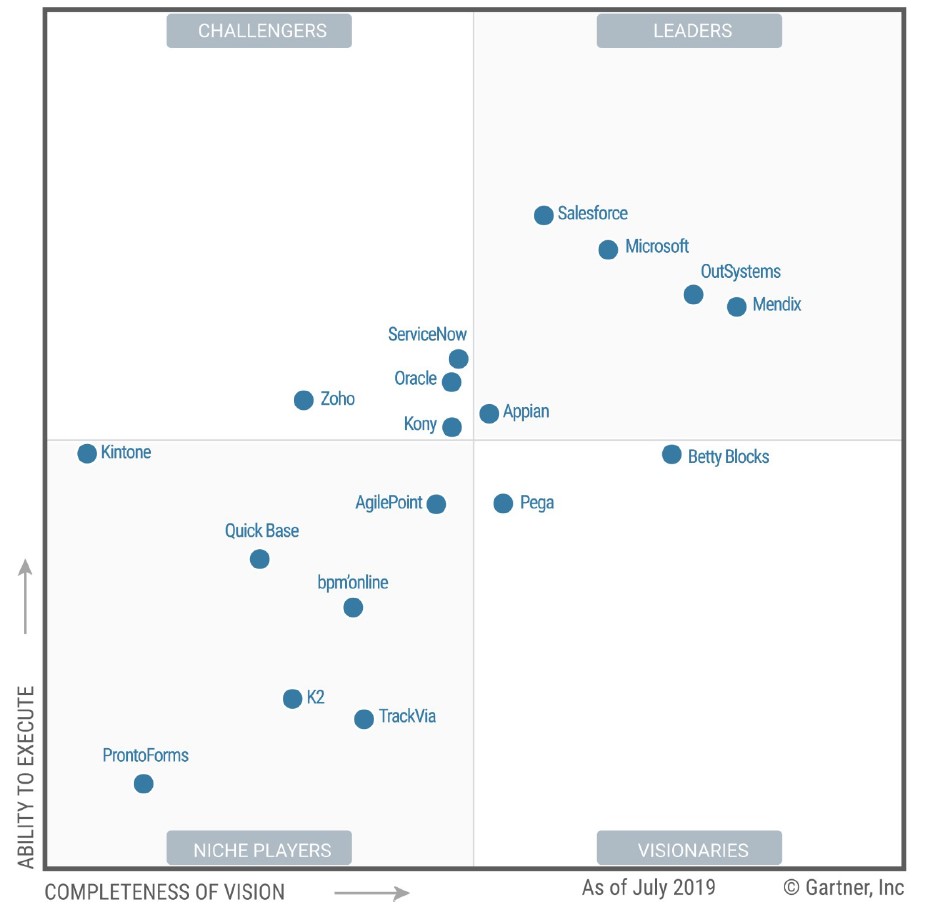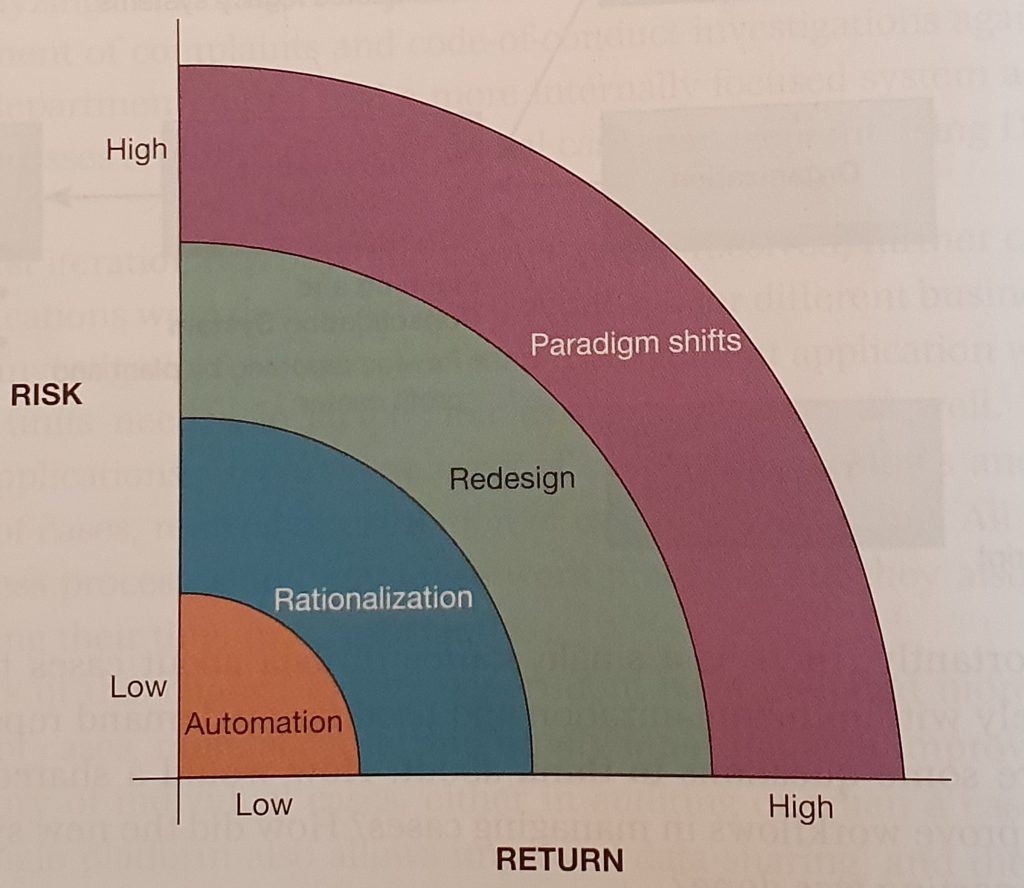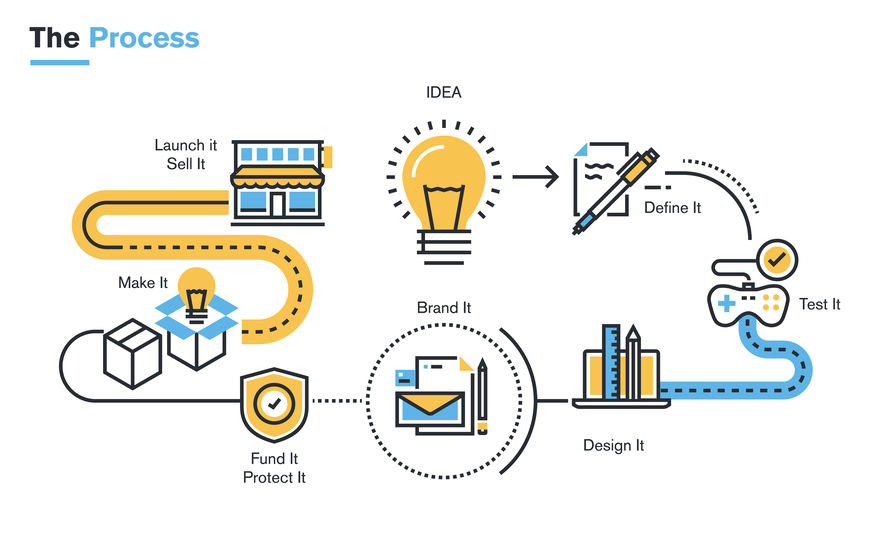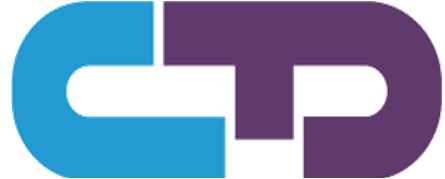General
This is a review of the Betty Blocks whitepaper ‘The no-code solution to your digital transformation’. It is retrieved from https://www.bettyblocks.com/whitepaper-the-no-code-solution on 10th of October 2019. Betty Blocks was founded in 2010 and has its head office in The Netherlands, with thirteen offices worldwide.
Summary

The Betty Blocks whitepaper starts with explaining their view on ‘Digital transformation’, stating that digital transformation is in fact business transformation which digitalize business processes, companies and even society. One of the four presented takeaways “how to use no-code development to drive effective digital transformation” is triggering the reader to continue reading.
They clearly distinguish between technology and people, expressing their view: digital transformation is about people and not about technology. Resistance and change are main topics in a digital transformation. They present 5 warnings that will signal the necessity of a digital transformation, like “changing customer behaviour”. There is a difference in the digitalization process between ‘you can’ (opportunity) and ‘you have to’ (risk). This reflects to the key dimensions of speed and flexibility. Where Betty Blocks claims that their platform will mitigate risks regarding speed and flexibility. The whitepaper ends with some questions for further thinking, like “What is the value of the technology for the organisation? For the employees, the customers?”. Betty Blocks delivers a no-code platform that supports a rapid application development (RAD) approach, stimulates co-creation, prototyping and experimentation.
General review
The whitepaper has a convincing structure and a good overview. It presents a clear vision on digital transformation and is mainly focusing on business implications rather than on its platform. The approach is convincing but the content is lacking background research and evidence. They refer to a study by Harvey Nash and KPMG without reference and information about the study. They present 7 golden rules for digital transformation without making clear how these rules are determined. These rules look more like ‘motherhood statements’ as explained by Kawalek (2008), stating the obvious. Combining these rules with cases and the impact of how organisations work on a digital transformation would have been more convincing.
Gartner Magic Quadrant
According to Gartner the enterprise coverage (based on 2018) of the Betty Blocks platform is not as dominant as the white paper suggests. In the Gartner Magic Quadrant for Enterprise Low-Code Application platforms (Vincent, Lijima, Driver, Wong & Natis, 2019), Betty Blocks is called a Visionary (see figure 1). Visionaries are innovators and drive the market, but they do not cover enterprise wide application. Visionaries might grow to become a leader by providing full enterprise coverage.

Paradigm shift
According to Betty Blocks the most important impact is a paradigm shift. A paradigm shift is transforming the whole organisation, the business model and even the business itself (Laudon & Laudon, 2015). According to Laudon & Laudon (2015) there are four organisational changes that are triggered by information technology. A paradigm shift is the most radical one, in which all rules, values and principles of the organisation will change (Laudon & Laudon, 2015). Figure 2 shows that a paradigm shift is the most rewarding change, but also carries a high-risk profile.

The whitepaper is focusing on the ‘return’ part of the change. It would have been more realistic and more convincing to include some corresponding risks and how these are mitigated in their project approach. A project approach is missing, so it is unclear how Betty Blocks is supporting the implementation project.
Experimenting by prototyping

The Betty Blocks platform supports prototyping which is useful for experimentation. This could have been expressed in a wider context, whereas experimentation in digital transformations is directly connected to business model experimentation (Bouwman, Nikou & Reuver, 2019). What is the impact of using low-code on the business model and business model experimentation?
In general, there is a typical issue regarding availability of resources within SMB+ companies (Betty Block target market). The white paper is lacking examples and cases on this topic. For the reader it is unclear what the impact will be (no market figures/cases available) and what resource claim will be necessary. Although Bouwman, Nikou & Reuver (2019) show that within SMB companies, allocation of resources to business model experimentation indirectly increases performance of the company, one should examine further case studies with Betty Blocks to get a better understand of impact and how to approach the use and implementation.
Conclusion
Overall, this white paper is very well structured and interesting to read. The plus is that they focus on expressing their vision and leave the tool just till the end. The minus is that it is misses examples, cases and proof, hence the reader does not get a good understanding whether its applicable for his or her situation and what the impact will be on the organisation.
Reference list
Betty Blocks whitepaper. The no-code solution to your digital transformation. https://www.bettyblocks.com/whitepaper-the-no-code-solution. Accessed 10th of October 2019.
Bouwman, H., Nikou, S., & de Reuver, M. (2019). Digitalization, business models, and SMEs: How do business model innovation practices improve performance of digitalizing SMEs? Telecommunications Policy, 101828.
Kawalek, J. P. (2008). Rethinking Information Systems in Organizations: integrating organizational problem solving. Routledge.
Laudon, K. C., & Laudon, J. P. (2015). Management Information Systems: Managing the Digital Firm. Plus MyMISLab with Pearson eText–Access Card Package. Prentice Hall Press.
Vincent, P., Lijima, K., Driver, M., Wong, J. & Natis, Y. (2019). Gartner Magic Quadrant for Enterprise Low-Code Application Platforms. Published 8th of August 2019. Accessed via www.outsystems.com on 4th of October 2019.


Recent Comments